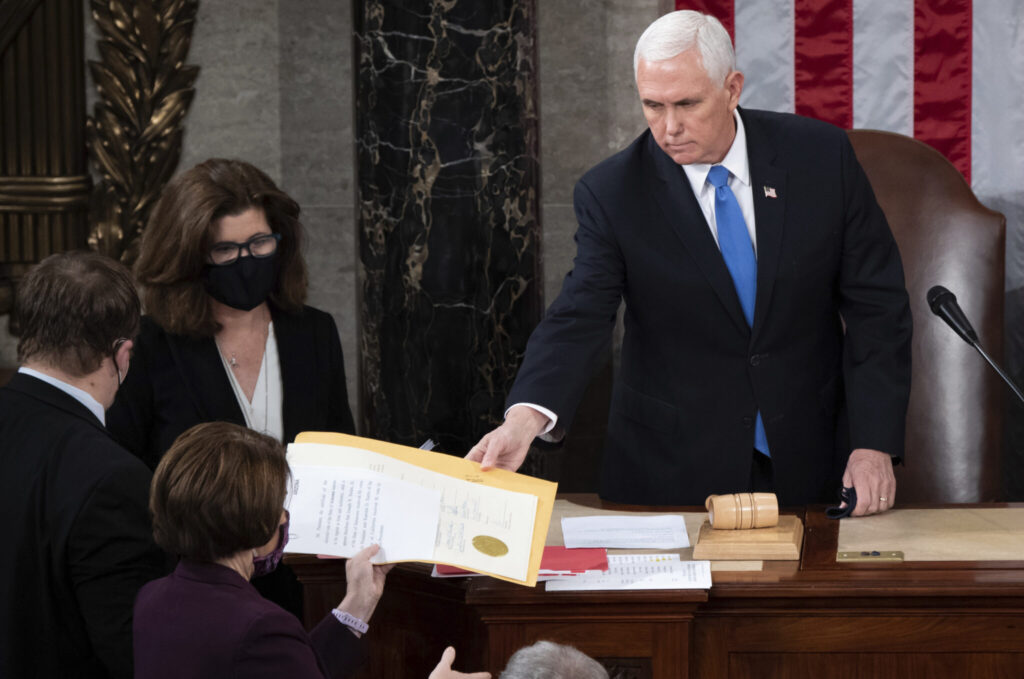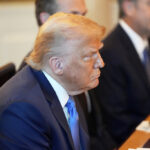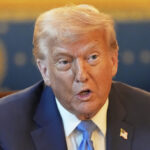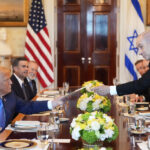Trump Pence 2020 election pressure/ Operation Pence Card/ Trump January 6 pressure on Pence/ Trump Pence relationship breakdown/ Trump election interference/ Newslooks/ WASHINGTON/ J. Mansour/ Morning Edition/ A new court filing in the case against Donald Trump reveals intense pressure he placed on Vice President Mike Pence to overturn the 2020 election results. Despite numerous legal failures, Trump repeatedly urged Pence to block the certification of Joe Biden’s victory. Pence’s refusal to comply deepened a rift between the two, with Trump’s efforts culminating in the January 6 Capitol attack.
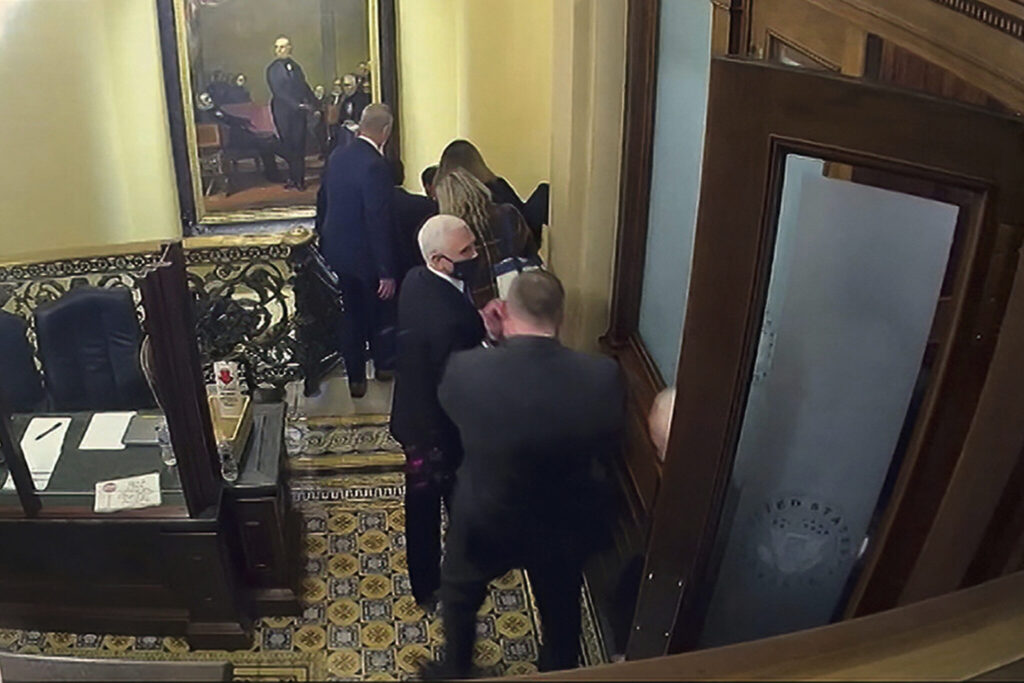
Trump’s Pressure on Pence Over 2020 Election Quick Looks
- Trump’s pressure on Pence: Trump repeatedly urged Pence to block certification of the 2020 election results, calling him “too honest” when Pence refused.
- Operation Pence Card: Trump’s plan involved pushing Pence to reject the results, supported by false claims of election fraud and alternate elector slates.
- Capitol riot: Trump’s final efforts to pressure Pence escalated before the January 6 Capitol riot, where rioters threatened Pence’s life.
- Schism with Pence: The relationship between Trump and Pence fractured permanently after Pence rejected Trump’s demands to block Biden’s victory.
Filing Shows Trump’s Intense Pressure on Pence to Overturn 2020 Election
Deep Look
A newly filed court document in the case against former President Donald Trump reveals the lengths he went to pressure Vice President Mike Pence into overturning the 2020 election results. According to the filing from special counsel Jack Smith, Trump repeatedly urged Pence to stop the certification of Joe Biden’s victory, marking a significant rift between the two men.
In a pivotal phone call on New Year’s Day 2021, Trump warned Pence that failing to act could damage his reputation. “People are going to hate your guts,” Trump told his vice president, accusing him of being “too honest” for refusing to cooperate. This phone call was just one in a series of efforts Trump made to convince Pence to intervene, part of what would be dubbed “Operation Pence Card” by Trump’s allies.
The court filing details how Trump began his efforts soon after the November 2020 election, which Biden won. Initially, Pence had been tasked with reviewing Trump’s unfounded claims of voter fraud. On November 4, the day after the election, Trump asked Pence to investigate supposed election irregularities in key states. Despite these requests, Pence began to receive pessimistic reports from Trump’s legal team, leading him to advise Trump to accept the results. However, Trump rejected the advice, persisting in his claims that the election was stolen.
By early December, Trump started focusing on the role Congress would play in certifying the election results. In a December 5 phone call, Trump first broached the idea with Pence that Congress could block the election’s certification—a role that Pence would later find himself at the center of as president of the Senate. The conversation marked the beginning of a dramatic shift in Trump’s strategy, which soon involved pushing Pence to halt the certification on January 6, 2021.
In the weeks leading up to January 6, Trump’s legal team, including Rudy Giuliani and law professor John Eastman, proposed an elaborate plan involving alternate slates of electors in key swing states that Biden won. Trump and his allies falsely claimed that Pence had the authority to reject the official electors and either accept these alternate slates or send the results back to the states for review.
The plan, described in the filing as both “crazy” by some members of Trump’s team and a “Star Wars bar” scheme, was nonetheless aggressively pushed on Pence. Trump’s allies lied to him, falsely suggesting there was significant voter fraud, and misrepresented the power he had during the certification process. Pence, however, remained steadfast, repeatedly telling Trump he did not have the authority to intervene in the election.
As Trump continued to pressure Pence publicly and privately, the situation escalated. On December 23, Trump publicly endorsed the so-called “Operation Pence Card” and summoned supporters to Washington for a protest, which would ultimately lead to the violent January 6 insurrection. At a rally on January 5, Trump continued to publicly call for Pence to “come through” for him.
Behind the scenes, Pence’s security detail had become concerned for his safety, particularly after Trump threatened to publicly criticize him if he refused to overturn the election. The situation reached its peak on the morning of January 6, when Trump made a final call to Pence, urging him to reject Biden’s win. Pence again refused, prompting Trump to deliver a speech in which he directed his supporters to march to the Capitol.
As rioters stormed the Capitol, chanting “Hang Mike Pence,” the vice president was evacuated by Secret Service. The insurrection marked the ultimate fracture in their relationship, as Trump’s supporters threatened Pence’s life for his refusal to comply with Trump’s demands.
The court filing underscores the extreme measures Trump took to hold onto power, even as his vice president resisted his entreaties. Trump, who faces criminal charges for his role in the January 6 attack and efforts to overturn the election, has dismissed the case as “election interference.” Nevertheless, the filing provides a detailed account of how close the U.S. came to a constitutional crisis during the final days of Trump’s presidency.
Today, Pence has distanced himself from Trump, refusing to endorse his former running mate’s 2024 presidential bid. Trump, now running alongside JD Vance as his new vice presidential pick, continues to falsely claim that the 2020 election was rigged, signaling that his strategy could repeat itself should he lose again. In a recent debate, Vance notably avoided answering whether he accepted the results of the last election, underscoring the ongoing divide within the Republican Party over Trump’s refusal to concede.
The revelations in this court filing not only highlight the remarkable schism between Trump and Pence but also serve as a stark reminder of how close the nation came to a breakdown of its democratic processes in the aftermath of the 2020 election.

